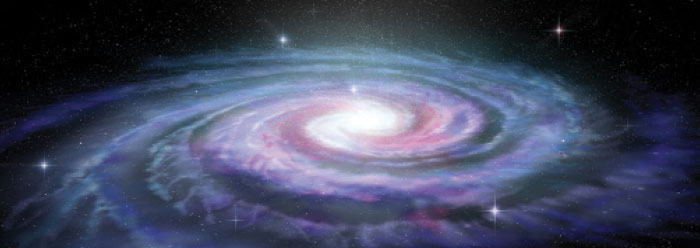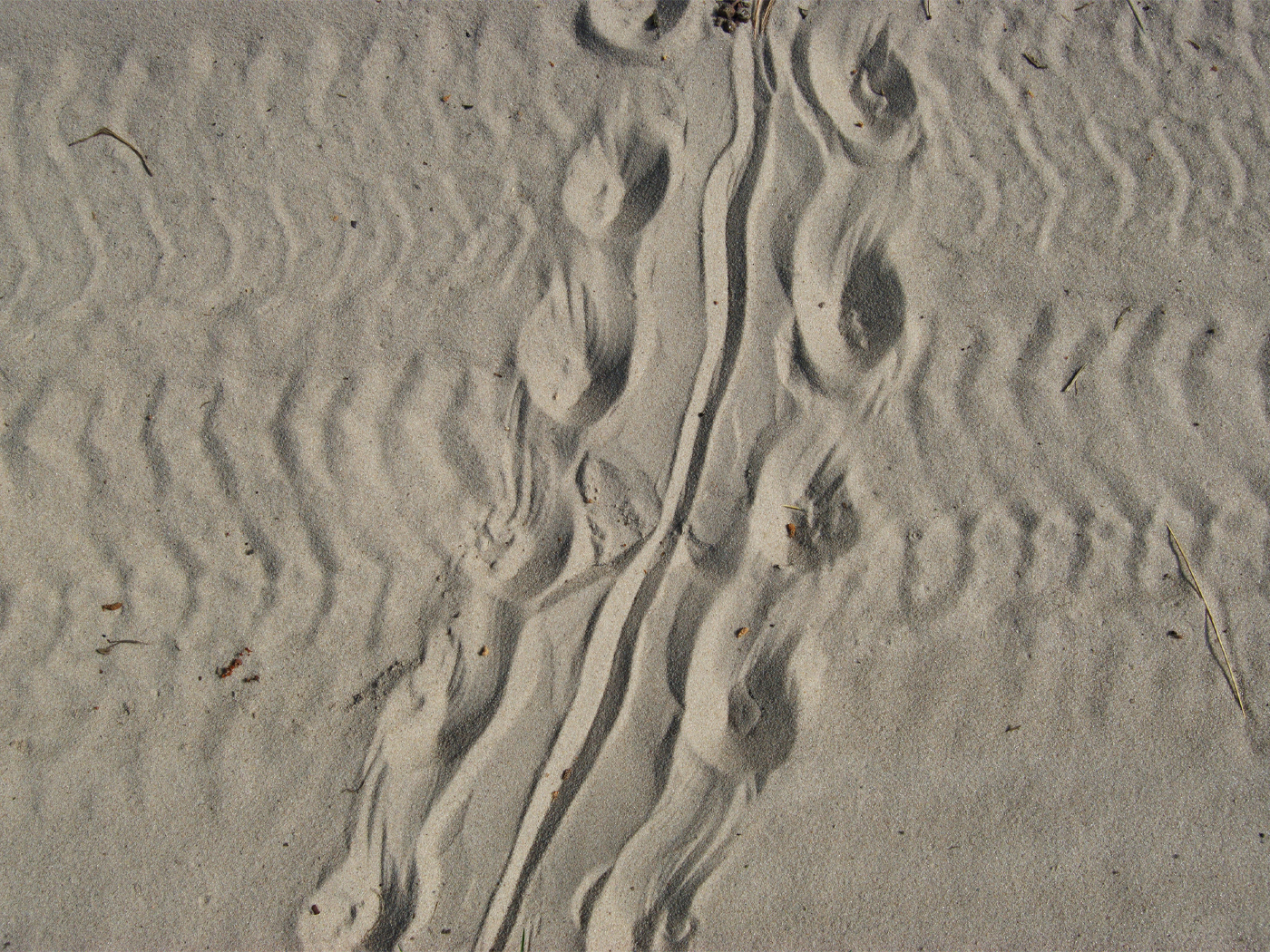Last month in our second Creation Conversion article, Dr. Vernon Cupps described how he came to a young-earth view of creation after he took the time to investigate the actual scriptural, observational, and experimental evidence. Here’s another conversion—this time from Spike Psarris in the field of astronomy.
I was an atheist and an evolutionist well into my adult years, working as an engineer in the military space program. One day a Christian co-worker challenged me on my atheism: “You believe in the laws of physics, don’t you?”
“Yes, we use them here every day,” I replied.
“Then how do you reconcile them with the Big Bang?” He didn’t explain what he meant, but he didn’t have to—I suddenly realized that fundamental physics and the Big Bang model don’t get along very well. This was a mental version of scales falling off my eyes as I realized I believed mutually incompatible things. I was surprised, and wondered: Why couldn’t I see this problem before?
This started a long process of re-examining my belief system. I went through a large pile of secular books and textbooks on origins-related science. I was already familiar with much of this material, but this time I was looking to see how many of the claims were based on actual data, versus how many were based on assumptions, flawed reasoning, or wishful thinking. My co-worker also lent me numerous creation and apologetics materials.
I started to see that science as seen from the Christian/creation perspective made a lot more sense than it did from my evolution perspective.
Meanwhile, I was taking some graduate-level physics classes. I started to notice more and more incompatibilities between physics and my evolutionary beliefs. For example, in an astrodynamics class we modeled orbital insertions (where one object gets gravitationally captured and goes into orbit around another). This requires precise maneuvering and the shedding of a lot of energy—our spacecraft can enter orbits around other planets only because they have thrusters, and thus can steer and brake. But objects like asteroids lack this ability, so they’re extremely unlikely to be captured gravitationally into stable orbits around other objects.
Nevertheless, secular scientists invoke gravitational captures over and over again to explain away numerous solar system “anomalies”—objects that don’t match their origin models. I had known this for years and accepted it uncritically. Now that I understood the physics behind captures, I realized how contrived the secular story was. This realization occurred repeatedly as I continued to re-examine my beliefs.
My research wasn’t limited to astronomy—I also investigated other origins-related sciences, as well as history and archaeology. Of these, the things that made the largest impression were the evidence of a global flood, the historicity and reliability of the biblical text, and the overwhelming historical evidence for the resurrection of Christ.
After almost a year of doing this, eventually I had to admit that the evidence (scientific, historical, etc.) did not agree with my atheism. Instead, the biblical account of history was true. I didn’t like this, though. If the Bible were true, then I was a sinner who deserved judgment. But I had to admit that this is where the evidence led.
After struggling with this for a while, I finally realized that yes, I am a sinner. And God knows my sin better than I do. But He also loves me enough to have sent His Son to pay for it in my place. I realized that, truly, the gospel is Good News. What better news could there be? At that point, I accepted the Lord and became a Christian.
There are many people who believe in creation because they are Christians. I am one for whom the opposite sequence is true—I became a creationist first, and a Christian afterward.
* Mr. Psarris has a B.S. in Electrical Engineering from the University of Massachusetts, and was formerly an engineer in the United States military space program. For more information, visit his website at creationastronomy.com.















